The Beauty and Cultural Significance of Tswana Traditional Dresses
The Beauty and Cultural Significance of Tswana Traditional Dresses
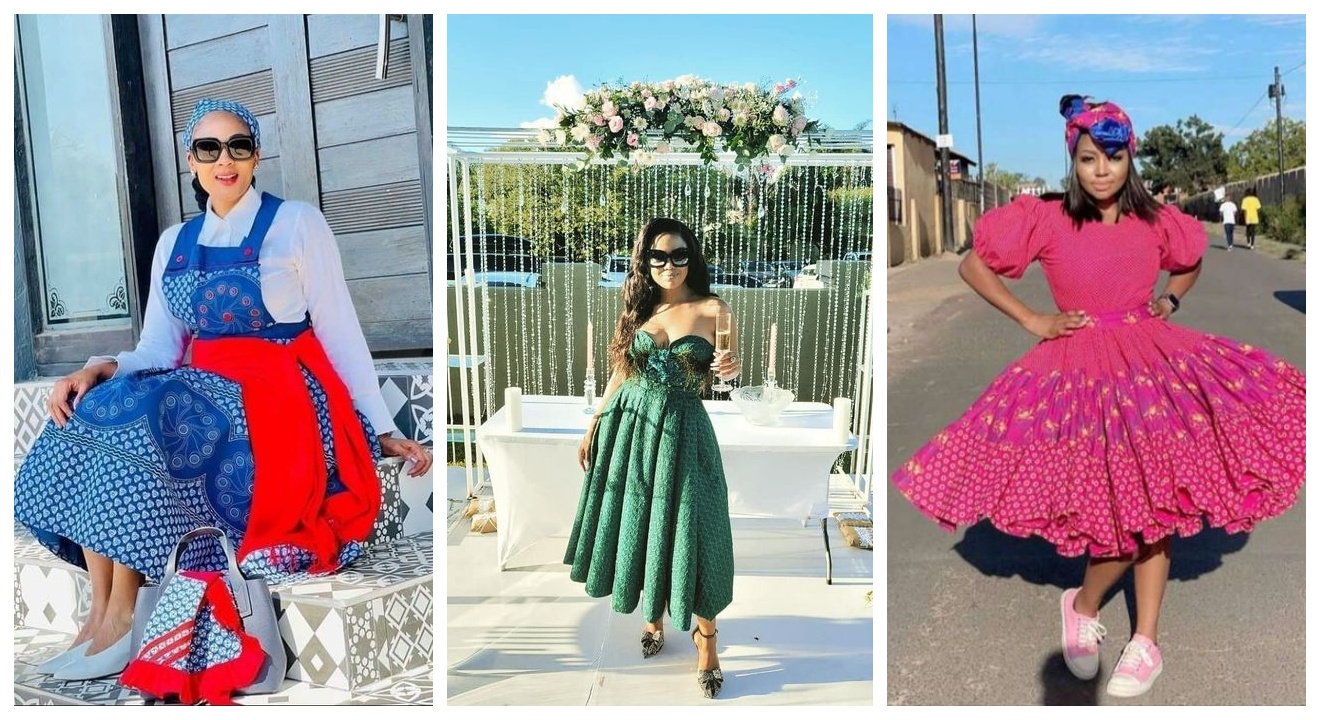
Introduction
Brief history and cultural significance of Tswana traditional dresses
Tswana traditional dresses have a rich history that dates back to the early days of the Tswana people. These dresses are characterized by their vibrant colors, intricate patterns, and unique designs. They hold great cultural significance and are often worn during special occasions, such as weddings, initiation ceremonies, and cultural festivals. Each dress is handcrafted with care and attention to detail, with many of the designs incorporating symbols and motifs that have deep meaning within Tswana culture.
Importance of preserving and celebrating Tswana cultural heritage through traditional dresses
Preserving and celebrating Tswana cultural heritage through traditional dresses is vital for several reasons. Firstly, it helps to maintain a sense of identity and pride among the Tswana people. By wearing and showcasing these dresses, they are able to connect with their roots and keep their traditions alive. Secondly, it allows for the passing down of cultural knowledge and skills from one generation to the next. By teaching younger generations the art of making traditional dresses, the cultural heritage is kept alive and can continue to be cherished for years to come. Lastly, it creates a platform for cultural exchange and appreciation, as people from different backgrounds can learn about and admire the beauty and significance of Tswana traditional dresses.
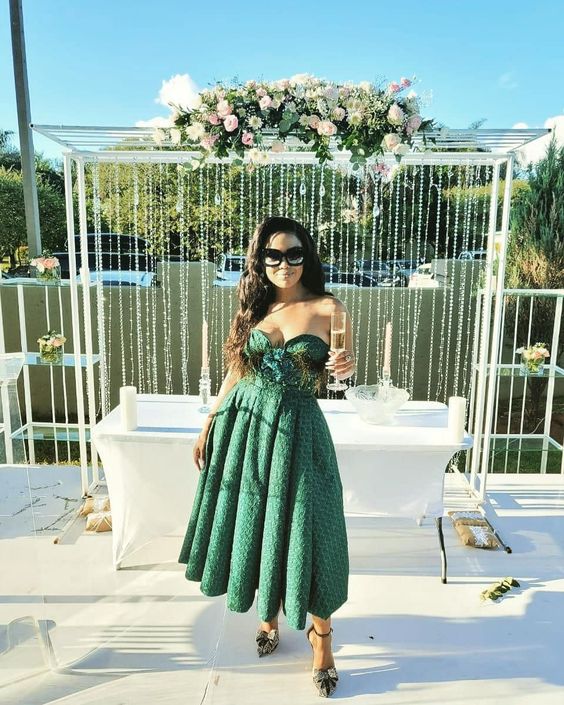
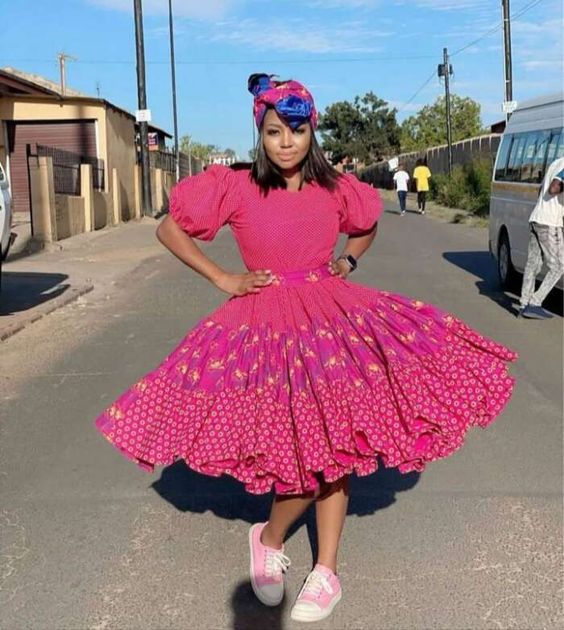
Table for comparing:
| Reasons | Importance |
|---|---|
| Maintaining sense of identity | High |
| Preserving cultural knowledge | Medium |
| Enhancing cultural exchange | Low |
The Elements of Tswana Traditional Dresses
Traditional Tswana dress styles and designs
Tswana traditional dresses are known for their unique and distinct styles and designs. They are often made from colorful and vibrant fabrics, such as shweshwe and wax prints. The dresses are tailored in various styles, including a-line, mermaid, and peplum, depending on the occasion and personal preference. The designs of the dresses can also vary, with some featuring intricate beadwork, embroidery, or appliqués. Each dress is carefully handcrafted, ensuring attention to detail and creating a garment that is both stylish and culturally significant.

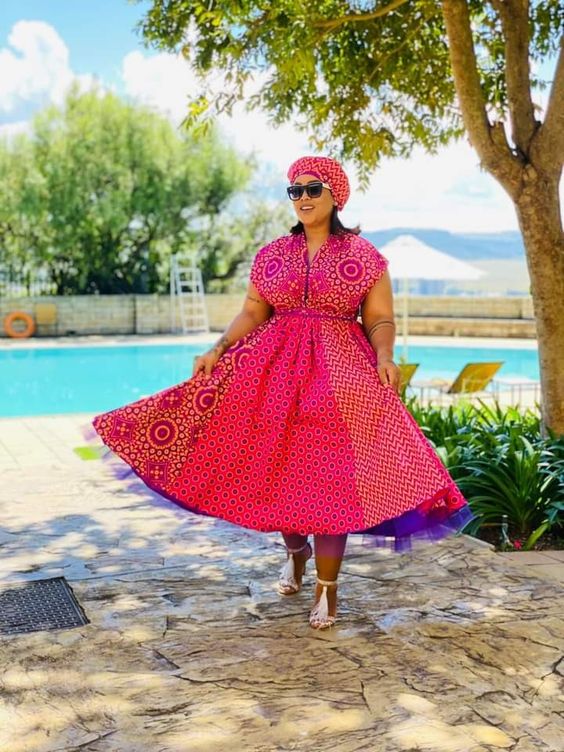
Symbolism and meaning behind the colors and patterns used in Tswana dresses
The colors and patterns used in Tswana dresses are more than just aesthetically pleasing; they carry deep cultural symbolism and meaning. Each color holds significance within Tswana culture, representing various aspects of life, such as fertility, love, and spirituality. For example, the color red is often associated with love and passion, while blue represents peace and tranquility. The patterns used in Tswana dresses also have symbolic meaning, with some designs representing ancestral spirits or cultural stories. These elements not only add beauty to the dresses but also serve as a way for wearers to express their cultural identity.
In conclusion, Tswana traditional dresses are a significant part of the Tswana cultural heritage. They not only represent the rich history and traditions of the Tswana people but also serve as a source of cultural pride and identity. By preserving and celebrating these dresses, the Tswana people can ensure that their cultural heritage remains alive and cherished for generations to come.
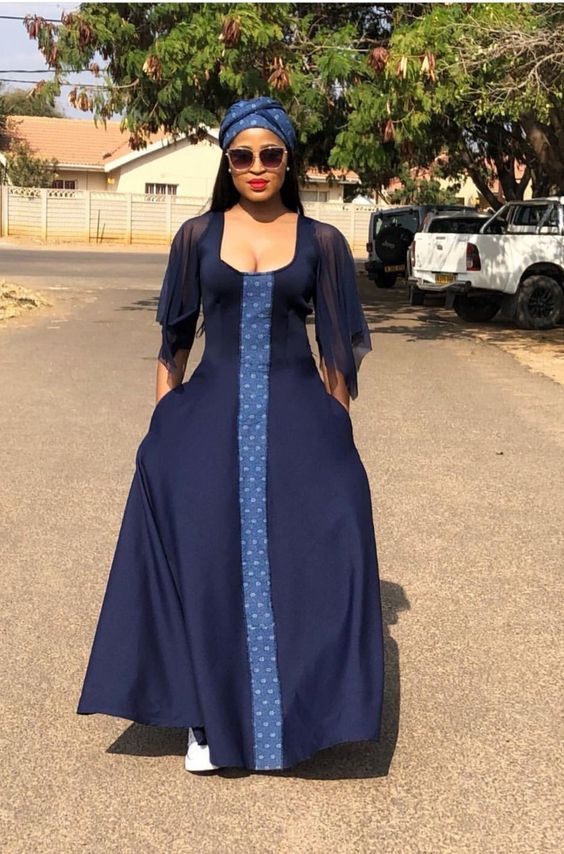
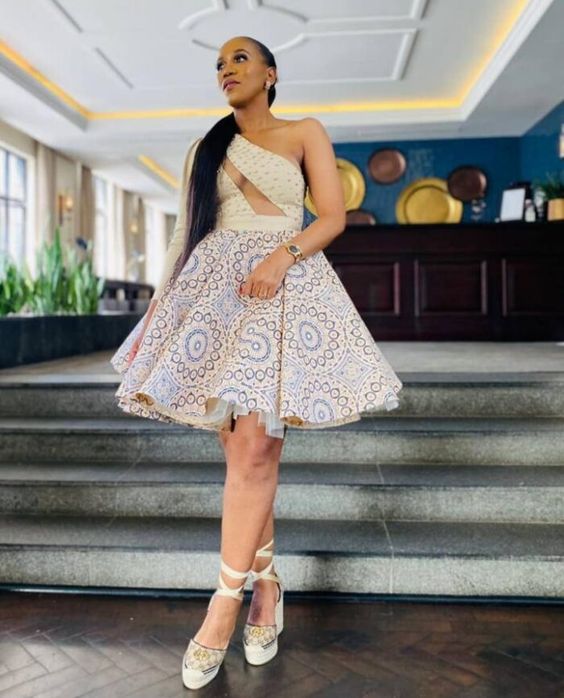
Fabrics and Materials Used in Tswana Traditional Dresses
Traditional fabrics and materials used in Tswana dresses
Tswana traditional dresses are crafted using a wide variety of fabrics and materials, each adding to the unique beauty and cultural significance of the garments. The most commonly used traditional fabrics include shweshwe and wax prints, known for their vibrant colors and intricate patterns. These fabrics are often sourced locally and are considered to be some of the finest textiles. In addition to fabrics, Tswana dresses may also incorporate materials like beads, embroidery thread, and appliqués, which are used to create stunning embellishments and intricate designs.
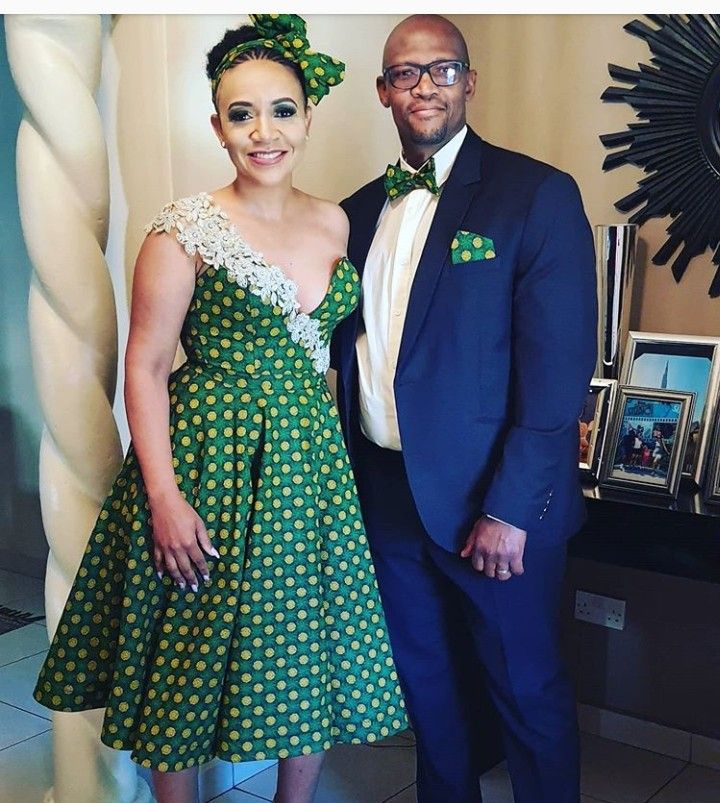
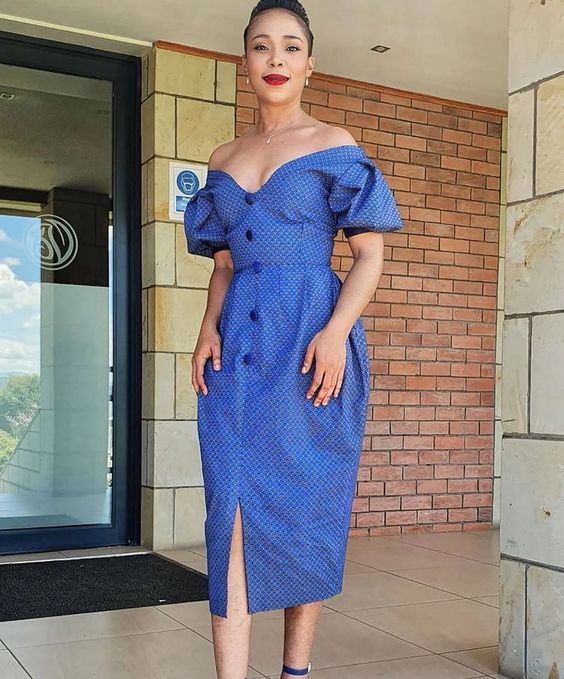
Modern variations and adaptations of fabrics used in Tswana dresses
While traditional fabrics like shweshwe and wax prints remain popular, Tswana dresses have also started incorporating modern fabrics and materials. This includes the use of lace, silk, and chiffon, which bring a touch of contemporary elegance to the traditional designs. The incorporation of these fabrics allows for a greater diversity of styles and designs, catering to different fashion tastes and preferences. However, even with the use of modern fabrics, the cultural significance and symbolism of the traditional Tswana dress are still honored and celebrated.
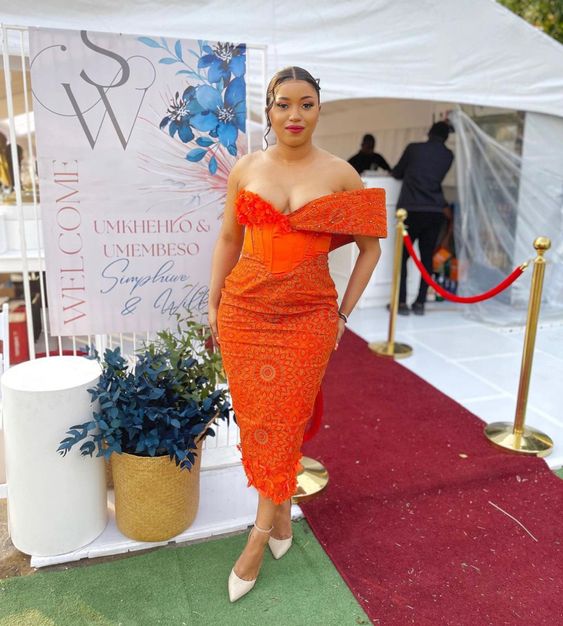
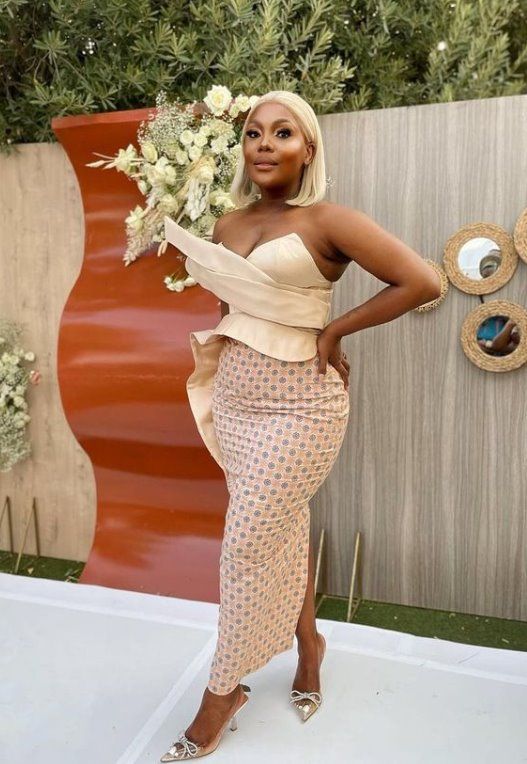
Traditional Tswana Dress Accessories
Traditional accessories that complement Tswana dresses
Tswana traditional dresses are not complete without the addition of carefully selected accessories that enhance the overall look and cultural significance of the garment. Some of the traditional accessories that are commonly worn with Tswana dresses include:
- Headwrap: Also known as a doek or gele, the headwrap is an essential accessory that adds a regal touch to the outfit. It is often made from matching fabric and is intricately tied in different styles.
- Necklace: A statement necklace made from beads or shells is often worn to adorn the neck and complement the dress’s colors and patterns.
- Bangles: Multiple bangles made from metal, plastic, or beads are worn on the arms, creating a jingling sound and adding a touch of elegance.
- Earrings: Tswana women often wear large, dangling earrings made from beads or precious metals to frame their faces and complete the traditional look.
Significance and cultural meanings behind these accessories
Each accessory worn with a Tswana dress holds deep cultural significance and often carries symbolic meanings. The headwrap, for example, represents pride, respect, and cultural identity. The different tying styles can also convey marital status or social standing within the community. The necklace and bangles signify femininity, beauty, and wealth. They are believed to bring good luck and protection to the wearer. Earrings are worn to highlight the facial features and are seen as a symbol of femininity and beauty. Overall, these accessories not only enhance the aesthetic appeal of the dress but also serve as powerful cultural symbols within the Tswana community.
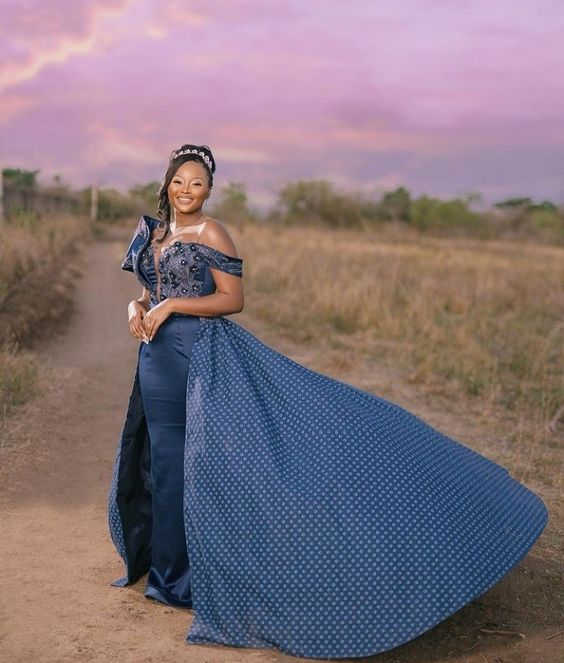
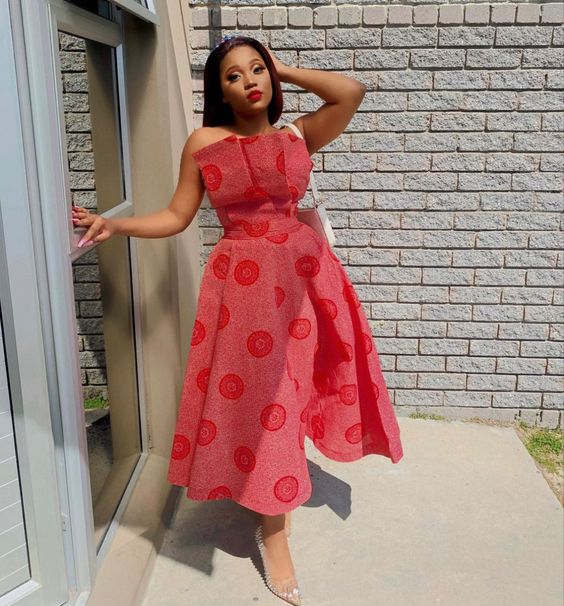
Special Occasions and Events
Tswana traditional wedding dresses and customs
Tswana traditional wedding ceremonies are rich in cultural customs and traditions. The bride’s attire plays a significant role in these ceremonies, with Tswana wedding dresses symbolizing purity, beauty, and cultural heritage. The bride typically wears a beautifully crafted and intricately designed dress, often made from vibrant and colorful fabric. The dress is complemented with traditional accessories such as a headwrap, necklace, bangles, and earrings, which add elegance and cultural significance to the overall look. The wedding guests also dress in traditional Tswana attire, creating a vibrant and festive atmosphere.
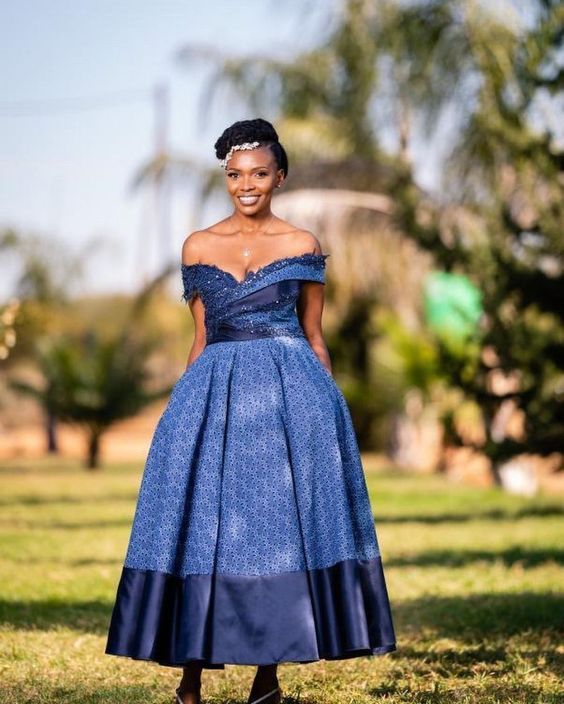
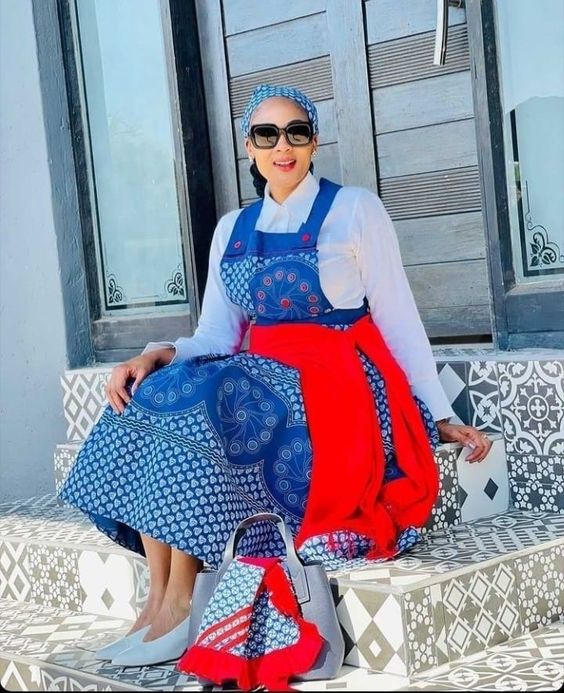
Traditional dances and festivals where Tswana dresses are worn
The Tswana community celebrates various traditional dances and festivals throughout the year, where Tswana dresses are prominently worn. One such festival is the Maitisong Festival, which showcases traditional music, dance, and fashion. Women wear their traditional Tswana dresses during these events, showcasing the cultural beauty and heritage of their attire. The traditional dances, such as the Setapa and the Ditlhaka, also feature Tswana dresses, with the vibrant colors and intricate patterns adding to the visual spectacle. These events provide an opportunity for the Tswana people to celebrate their heritage and pass down their cultural traditions to future generations.

Comments are closed.